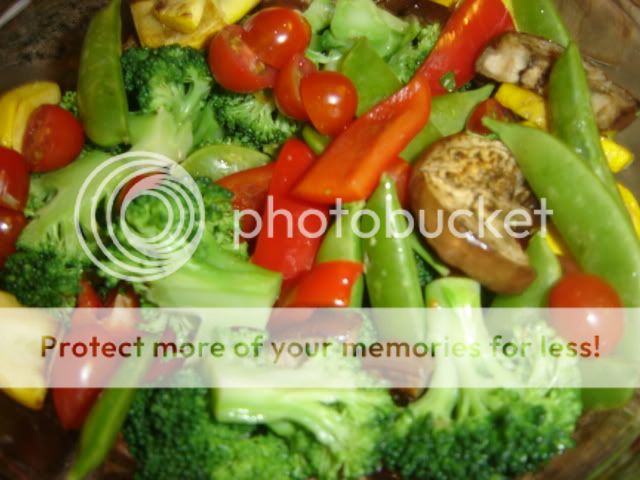
The Culprits
The most recent couple of times I noticed that peanut butter was making something taste better, I chalked it up to coincidence and the fact that it had the term butter in the title. Butter pretty much makes everything better. Then is started to notice that things I didn’t necessarily enjoy on their own were made incredibly tasty with the addition of some kind of peanut butter. Could this be mere chance? After a mild deliberation with my culinary memory, I made the eureka-like epiphany that peanut butter has actual magical powers and should be revered amongst all staple pantry ingredients. Think about the logistics of this statement. Celery and apples are quite boring on their own but smear them with peanut butter and you have a tasty snack that even kids love. A piece of whole grain toast is made delectable with peanut butter spread on it. Chocolate cupcakes are good on their own, but really they are just a vehicle for peanut butter frosting. The list goes on and on, its official; peanut butter is magical.
So now it’s time to apply it to a more substantial dish. Summer is here and summer vegetables are abounding at every market and begging to be eaten. Eggplant, bell peppers, broccoli, summer squash and tomatoes are all incredibly good for you, require little preparation (if any at all, I usually just stand at the counter and eat the entire carton of baby tomatoes) and make a great one dish meal, especially with the addition of a little protein. And here is where the magical peanut butter comes in. When dealing with kids, and even many adults (who are we kidding here), a dish composed entirely of vegetables is not often the most appealing dinner meal. Eureka moment alert: pour a peanut butter based dressing over said vegetables and suddenly it’s a rush for seconds at the dinner table. Another great quality about this dish is that you can easily swap out ingredients for whatever you prefer. I love it with blanched asparagus when the season is right.
So there it is, my quasi argument for the supernatural nature of peanut butter. And bear in mind, my choice of peanut butter is the super healthy, all natural, and no sugar or additives kind. Imagine what a jar of skippy would bring to the recipe…

Mixed Vegetables with Asian Peanut Dressing
2 bone in skin on chicken breasts
1 tbs olive oil
1 medium summer squash, halved lengthwise and cut into half moons
1 small Japanese eggplant, halved lengthwise and cut into half moons
1 large head of broccoli, cut into florets
1 red pepper, cut into strips
1 cup fresh snap peas
¼ cup diced scallions
1 cup cherry tomatoes
Dressing:
¼ cup smooth peanut butter
1 tbs honey
½ cup vegetable or canola oil
1 large garlic clove, minced
1 tsp minced fresh ginger
3 tbs low sodium soy sauce
1 tsp sesame oil
2 tbs apple cider or apple cider vinegar
Preheat oven to 350 degrees. Lay chicken breasts on a rimmed baking sheet and bake approximately 35 minutes, until cooked through. Set aside to cool.
To make dressing, microwave the peanut butter and honey in a heatproof bowl for 10-20 second, until easy to stir. Add remaining ingredients and whisk to combine.
In a non stick skillet over medium low heat, cook the eggplant and squash in the olive oil until soft and starting to brown, about 10 minutes, turning heat up towards the end to caramelize the vegetables. Pour into a large bowl and add peppers, snap peas, tomatoes and scallions. Add an inch of water to the skillet and bring to a bowl. Add the broccoli florets, cover and cook 2-3 minutes. Drain and run under cold water to stop cooking process. Add to bowl with other veggies. Remove skin from chicken and shred into bite size pieces. Discard bones and skin. Add to bowl and pour dressing over to moisten. Wonderful served over brown rice. Makes 4 dinner portions.













